Joint Health 101: How to Protect Your Joints with Exercise, Nutrition, and Smart Lifestyle Choices
Understanding Joint Health: The Basics
The Anatomy of Joints: Cartilage, Ligaments, and Tendons
Joints (not the Cheech and Chong kind!) are the sites where two or more bones meet. There are three kinds of joints: fibrous, cartilaginous, and synovial. Fibrous and cartilaginous joints allow little to no movement, so synovial joints are what we usually think of when we consider our joints (elbow, knee, hip). Synovial joints feature articular cartilage covering the surfaces of the opposing bones, a joint cavity filled with synovial fluid, a double-layered articular capsule enclosing the joint cavity, and reinforcing ligaments.
Cartilage is a collagen- and elastic-based connective tissue that makes up many structures in our bodies (e.g., ears and noses) and covers joint surfaces. Ligaments connect two bones or cartilages and function to hold joints together. Tendons connect muscles to bones. Like cartilage, tendons, and ligaments are mostly made of the protein collagen.
The Impact of Age and Lifestyle on Joint Health
Aging is not for the faint-hearted. Arthritis, which simply means joint inflammation, is an unfortunately common feature of old age. There are several types of arthritis, the most common being osteoarthritis, which is caused by the breakdown of joint cartilage. As the condition progresses, a complete loss of cartilage can lead to a bone-on-bone joint, resulting in severe pain and loss of function.
In addition to aging, the predominant risk factors for osteoarthritis are obesity and previous joint injury. Obesity increases compression on all weight-bearing joints throughout a person's lifetime. Previous joint injuries can predispose one to muscle imbalances and connective tissue weakness, which can lead to increased levels of inflammation and cartilage loss over time.
The Importance of Exercise for Joint Health
Low-Impact Exercises: water exercise, Cycling, and Yoga
Exercise is one of the most powerful protective factors against osteoarthritis. Why? Probably because it enhances joint health. Articular cartilage is avascular tissue, meaning it doesn’t receive a direct blood supply. Instead, this cartilage receives its nutrients via diffusion from the surrounding synovial fluid. Exercise can help improve nutrient delivery to cartilage by placing involved joints under a pumping action as their surrounding muscles contract.
There is a trade-off, though. On the positive side, exercise's pumping action can enhance joint health by increasing nutrient delivery to cartilage. On the negative side, weight-bearing exercise can further damage already compromised joints. A potential solution is low-impact exercises, such as water exercise, cycling, yoga, elliptical trainers, and rowing machines. Any of these modalities could potentially improve joint health while reducing the risk of cartilage damage.
Strength Training: Building Muscle to Support Joints
Muscle weakness has been linked to an increased risk of osteoarthritis. Strength training has been found to reduce pain and improve strength and function in patients with osteoarthritis of the hip and knee. A resistance exercise plan is an integral part of maintaining good joint health. The most effective resistance exercises target large muscle groups, such as multi-joint movements like leg presses, squats, lunges, deadlifts, bench presses, pull-ups, or lat-pulldowns. Building a routine in which these movements are practiced two to three times per week can help you stay strong and pain-free.
Flexibility and Mobility Exercises: Maintaining Range of Motion
Tight muscles on one side of a joint can limit mobility and produce poor movements, leading to overstress and damage to connective tissue. Regularly practicing stretching exercises can improve movement and posture. An optimal exercise plan should include elements of low-impact aerobic exercise, strength training, and flexibility exercises tailored to your individual preferences.
Nutrition for Joint Health
Is there a best diet for joint health? There is no easy answer. In theory, an anti-inflammatory diet, consisting of high fiber intake with a variety of fruits and vegetables, should be helpful in reducing the symptoms of osteoarthritis. In practice, data from clinical trials is mixed as to its effectiveness. That said, there are still many healthful reasons to consume a high-fiber, plant-based diet, such as weight control and reduced cardiovascular disease.
Another reason to consume a healthy diet is to support a healthy gut microbiome. Emerging evidence links the gut microbiome to osteoarthritis outcomes! This leads to the potential treatment of osteoarthritis with prebiotics and probiotics to improve gut microflora health. In extreme cases, fecal transplant may offer a possible solution.
Managing Joint Pain: Tips and Strategies
Over-the-Counter Pain Relief: Temporary Solutions
If you're experiencing joint pain, several over-the-counter medications can provide fast relief. NSAIDs (non-steroidal anti-inflammatory drugs), such as ibuprofen and naproxen, are effective in temporarily relieving pain. However, these treatments are palliative, meaning that they reduce the symptoms but do not address the underlying cause of the pain. Persistent pain indicates more thorough treatment.
When to Seek Medical Attention: Recognizing Warning Signs
Chronic pain that can only be masked with regular medication strongly indicates the need for medical attention. Physical therapy may be an effective method to bring you relief from persistent joint pain. Physical therapists are trained to identify the causes of joint pain and to treat the underlying cause with rehabilitative exercise. In cases where physical therapy is unable to resolve pain, joint replacement might be the solution. In either case, consultation with your physician is the first step towards solving the problem.
-
De la Corte-Rodriguez, H., Roman-Belmonte, J. M., Resino-Luis, C., Madrid-Gonzalez, J., & Rodriguez-Merchan, E. C. (2024). The Role of Physical Exercise in Chronic Musculoskeletal Pain: Best Medicine-A Narrative Review. Healthcare (Basel, Switzerland), 12(2), 242. https://doi.org/10.3390/healthcare12020242
-
Dong, Y., Yan, Y., Zhou, J., Zhou, Q., & Wei, H. (2023). Evidence on risk factors for knee osteoarthritis in middle-older aged: a systematic review and meta analysis. Journal of orthopaedic surgery and research, 18(1), 634. https://doi.org/10.1186/s13018-023-04089-6
-
Law, L., Heerey, J. J., Devlin, B. L., Brukner, P., De Livera, A. M., Attanayake, A., Cooper, I., Donato, A., Hebert, J. R., Price, S., White, N. P., & Culvenor, A. G. (2025). The eFEct of an Anti-Inflammatory Diet for Knee oSTeoarthritis (FEAST) Trial: Baseline Characteristics and Relationships With Dietary Inflammatory Index. Journal of the American Nutrition Association, 1–10. Advance online publication. https://doi.org/10.1080/27697061.2025.2461219
-
Lim, J., Choi, A., & Kim, B. (2024). The Effects of Resistance Training on Pain, Strength, and Function in Osteoarthritis: Systematic Review and Meta-Analysis. Journal of personalized medicine, 14(12), 1130. https://doi.org/10.3390/jpm14121130
-
O'Hara, B. P., Urban, J. P., & Maroudas, A. (1990). Influence of cyclic loading on the nutrition of articular cartilage. Annals of the rheumatic diseases, 49(7), 536–539. https://doi.org/10.1136/ard.49.7.536
-
Salse-Batán, J., González-Devesa, D., Duñabeitia, I., Bidaurrazaga-Letona, I., Ayán-Pérez, C., & Sanchez-Lastra, M. A. (2025). Effects of stretching exercise on walking performance and balance in older adults: A systematic review and meta-analysis. Geriatric nursing (New York, N.Y.), 61, 479–490. https://doi.org/10.1016/j.gerinurse.2024.12.018
-
Siddiq, M. A. B., Oo, W. M., & Hunter, D. J. (2024). New therapeutic strategies in osteoarthritis. Joint bone spine, 91(6), 105739. https://doi.org/10.1016/j.jbspin.2024.105739
-
Tang, S., Zhang, C., Oo, W. M., Fu, K., Risberg, M. A., Bierma-Zeinstra, S. M., Neogi, T., Atukorala, I., Malfait, A. M., Ding, C., & Hunter, D. J. (2025). Osteoarthritis. Nature reviews. Disease primers, 11(1), 10. https://doi.org/10.1038/s41572-025-00594-6
-
Yu, F., Zhu, C., & Wu, W. (2025). Senile Osteoarthritis Regulated by the Gut Microbiota: From Mechanisms to Treatments. International journal of molecular sciences, 26(4), 1505. https://doi.org/10.3390/ijms26041505


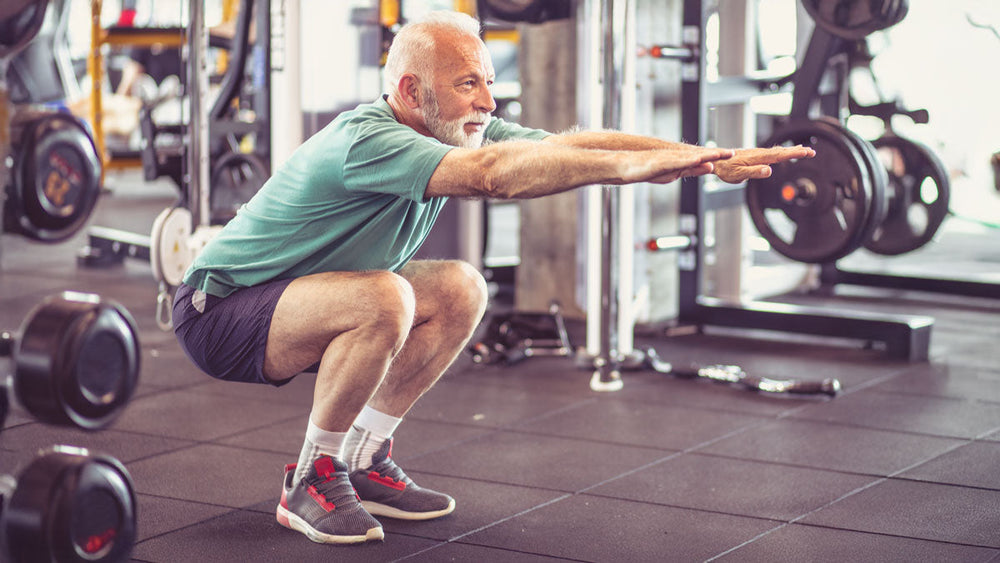
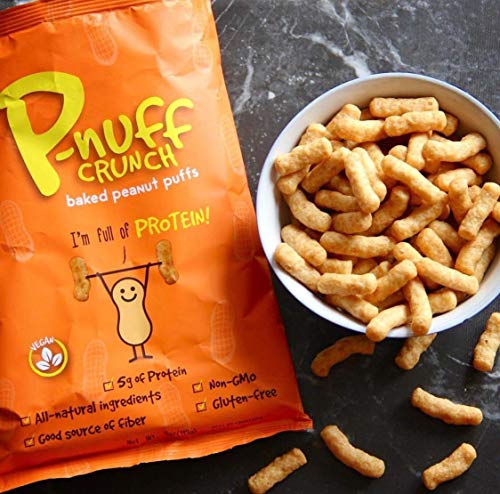

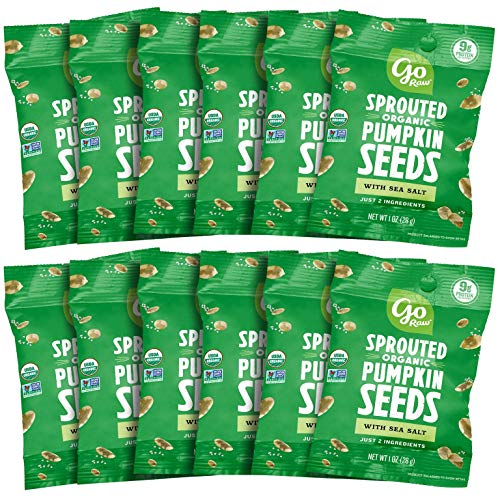
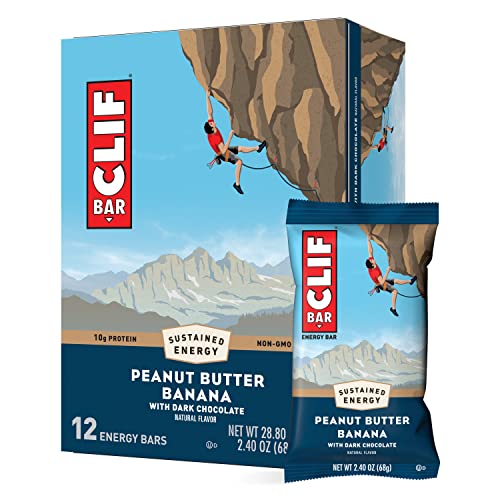

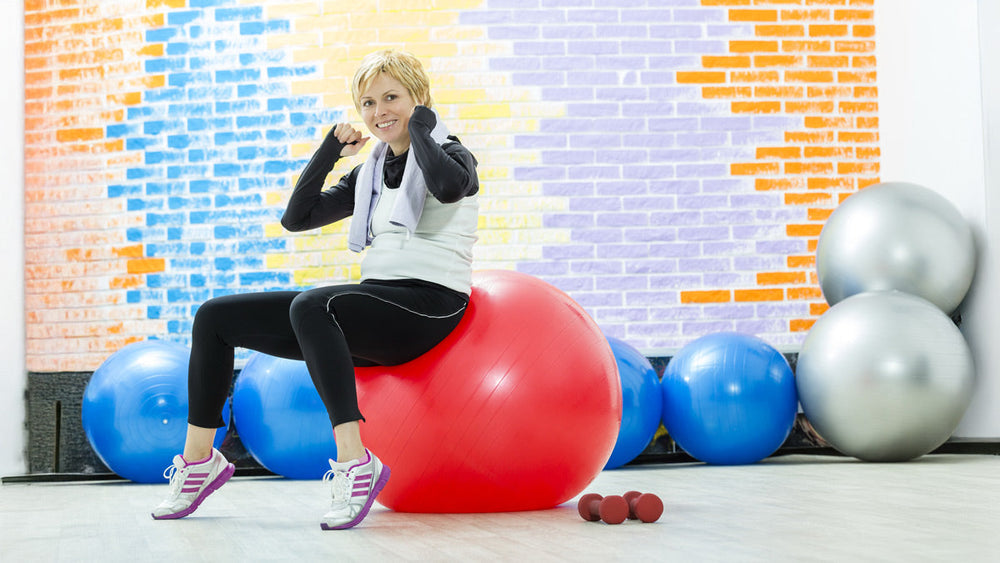












Comments
Join The Conversation...